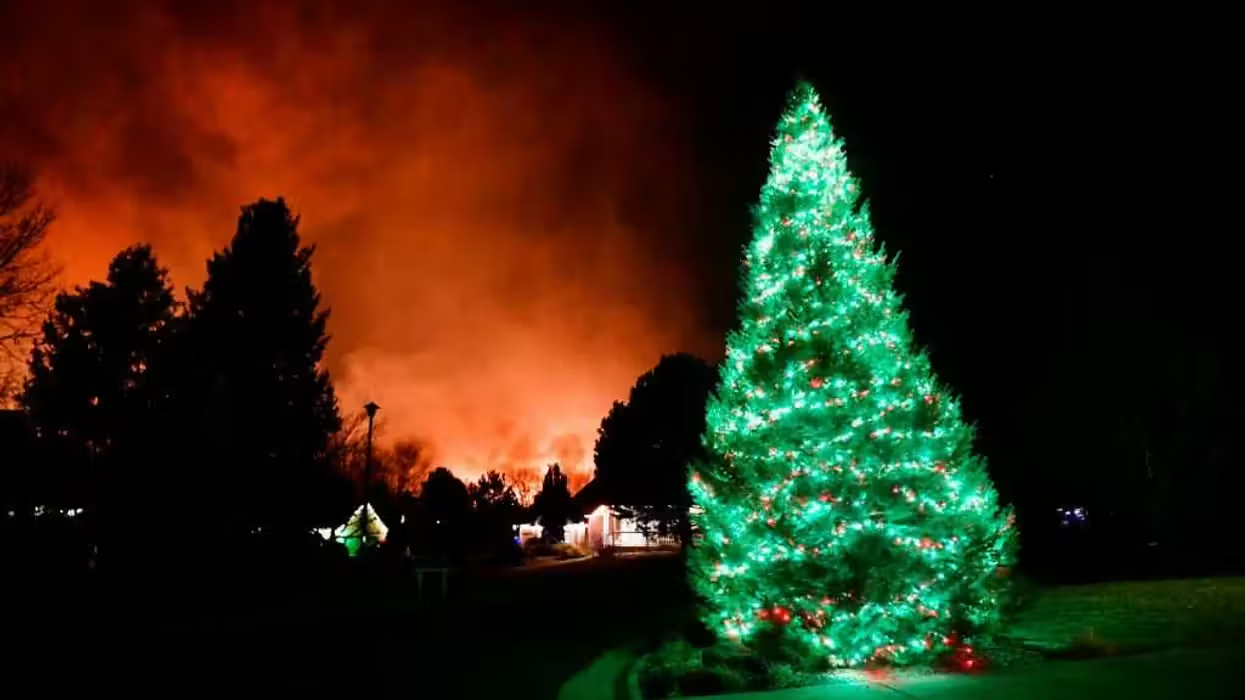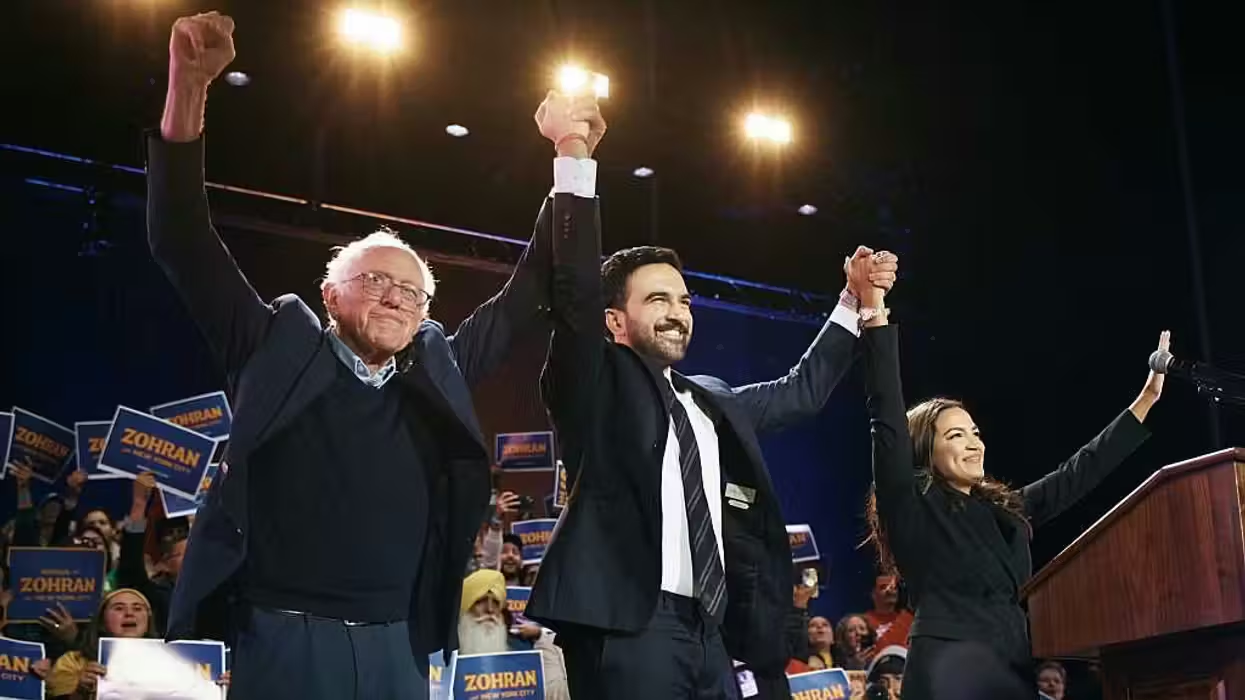
© 2025 Blaze Media LLC. All rights reserved.
Will Cain is a regular panelist for "Real News" on TheBlazeTV Weekdays at 7pm
It’s understandable that, after something as horrible as Newtown, the public debate would turn to laws and gun control. As Jonah Goldberg wrote on NRO:
The human need to “do something” is primal after moments like this, not just for those in mourning but for those who want to help those in mourning. Most of us who’ve lost a loved one know someone — or perhaps ourselves — who had to cook, or organize, or clean, or plan or do anything that lets us grasp the handrail of sanity or hold at bay the uncompromising vacuum of grief, if only temporarily. Likewise, we’ve known people who’ve implored us: What can I do? Is there anything I can do? But, often, trying to translate human impulses into government responses is the source of great folly.
And so we begin to blame and debate gun laws. We do so, hungover from the emotion, of the moment. But when our proposed solutions are laws we have to soberly analyze whether the laws are needed, whether they would work, and whether they impose upon our rights.
Violence in America is the lowest it’s been in 40 years. The chart below, from NYU Assistant Professor of Politics and Public Policy Patrick Egan, shows that the murder rate per 100,000 population has been cut in half since the 1970s.

At the same time, the total number of homicides by handguns has dropped from its peak in the 1990s.

Still, despite an overall drop in the murder rate and gun violence, we get the sense that mass shooting sprees like in Newtown and Aurora are on the rise. The Washington Post reported this week that six of the deadliest 12 shootings in US history have occurred since 2007. By “deadliest” the Post is ranking these incidents by the number of victims.
While 2012 has been a horrible year, data through 2010 suggests that both the number of incidents and the number of victims from mass shootings is declining. The Associated Press this week reported:
Grant Duwe, a criminologist with the Minnesota Department of Corrections who has written a history of mass murders in America, said that while mass shootings rose between the 1960s and the 1990s, they actually dropped in the 2000s. And mass killings actually reached their peak in 1929, according to his data. He estimates that there were 32 in the 1980s, 42 in the 1990s and 26 in the first decade of the century. (emphasis added)
And USA Today showed that the number of incidents, victims, and victims under the age of 12 declined from 2006-2010. (I would like to see this data over a longer period of time.)

The point of all this is not to suggest that there is some acceptable level of murder. But to remember that laws are sweeping and blunt, and the facts and data we use to support those laws should be equally sweeping and blunt. And the blunt truth is that despite the rash of nightmarish stories broadcast to us from Aurora and Newtown, violence, gun violence, gun homicides, mass killings, and victims are down over time.
As we evaluate what we should do, it’s equally important to contemplate what we should not do – and we should bring facts to the debate and not simply react based on our emotions.
Want to leave a tip?
We answer to you. Help keep our content free of advertisers and big tech censorship by leaving a tip today.
Want to join the conversation?
Already a subscriber?
more stories
Sign up for the Blaze newsletter
By signing up, you agree to our Privacy Policy and Terms of Use, and agree to receive content that may sometimes include advertisements. You may opt out at any time.
Related Content
© 2025 Blaze Media LLC. All rights reserved.
Get the stories that matter most delivered directly to your inbox.
By signing up, you agree to our Privacy Policy and Terms of Use, and agree to receive content that may sometimes include advertisements. You may opt out at any time.






